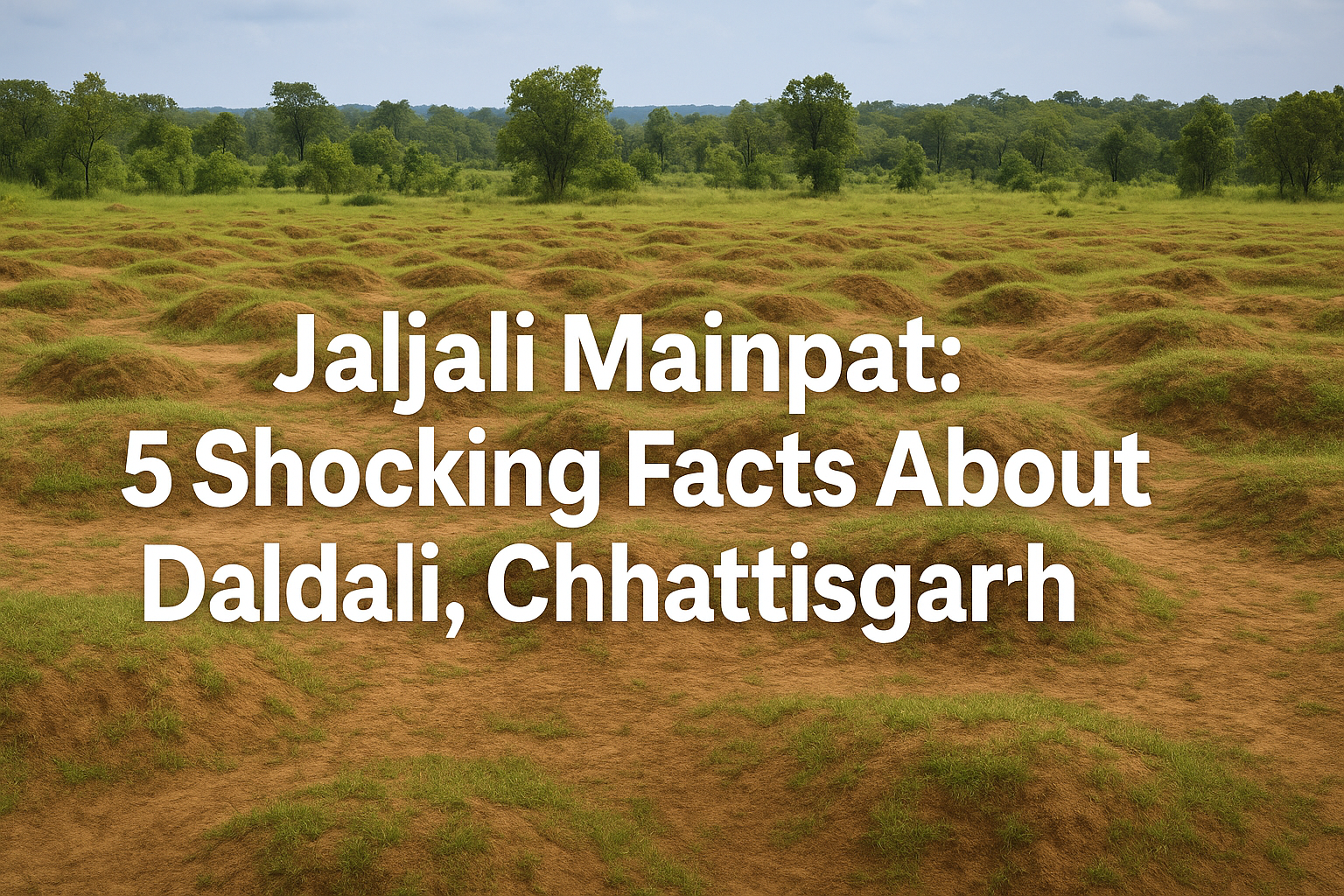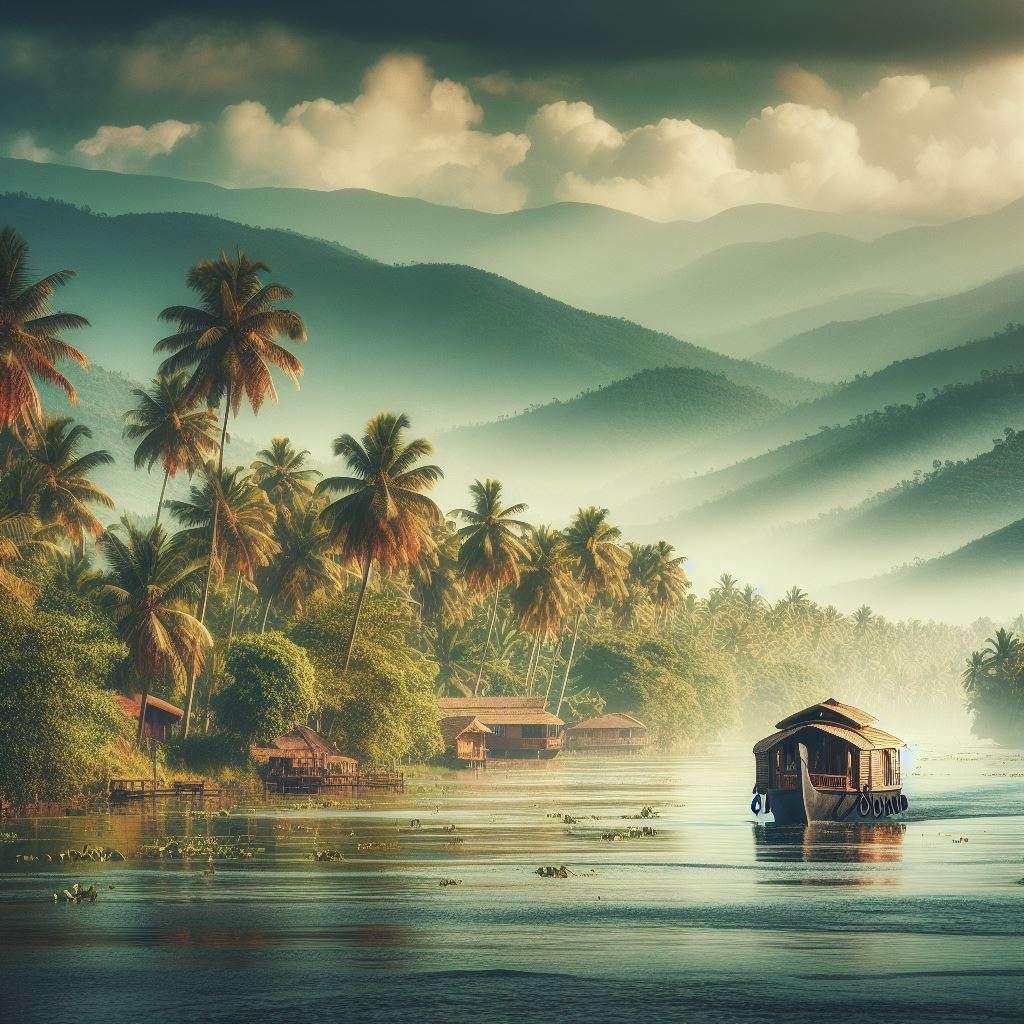Introduction
Kerala’s cultural landscape is as diverse as it is vibrant, with each traditional art form reflecting the region’s rich heritage. Among these, Margamkali stands out as a profound expression of spiritual devotion and artistic elegance. This traditional dance form, deeply rooted in Kerala’s Christian communities, offers a unique glimpse into the spiritual and cultural practices of the region. In this blog, we will delve into the essence of Margamkali, its historical significance, performance style, and why it continues to be a cherished tradition in Kerala.
What is Margamkali?
Margamkali is a traditional dance performed by the Christian communities of Kerala, particularly during religious festivals and church celebrations. The dance is characterized by its rhythmic movements, devotional songs, and intricate choreography. It is performed primarily by women, who dress in traditional attire and engage in a series of synchronized movements that reflect their spiritual devotion and community bonds.
Key Features of Margamkali
- Historical and Cultural Significance: Margamkali has its origins in the early Christian communities of Kerala, blending local cultural elements with religious devotion. The dance is performed to celebrate significant religious events and is an integral part of church festivals. It reflects the synthesis of Christian faith and local traditions, showcasing the unique cultural identity of Kerala’s Christian communities.
- Performance Style: The performance of Margamkali involves a group of women dancing in a circular formation. They move in synchronized patterns, often accompanied by traditional Christian hymns and devotional songs. The dance is known for its graceful movements and intricate footwork, which are executed in perfect harmony with the music.
- Costume and Attire: Performers of Margamkali wear traditional attire, typically consisting of a white or cream saree with gold borders. The sarees are often complemented by traditional jewelry, including necklaces, bangles, and earrings. The elegant and modest attire enhances the spiritual and aesthetic quality of the performance.
- Music and Accompaniment: The music for Margamkali is provided by a mix of traditional and modern instruments, including the ‘Chenda’ (drum), ‘Maddalam’ (drum), and ‘Ilathalam’ (cymbals). The songs are devotional in nature, focusing on themes from the Bible and Christian liturgy. The rhythmic beats and melodic tunes create a spiritual ambiance that complements the dance.
- Themes and Celebrations: Margamkali is performed during significant religious events such as church feasts, Christmas, and Easter. The dance symbolizes spiritual devotion and community unity, celebrating both religious faith and cultural heritage. It serves as a form of communal expression and a way to honor religious traditions.
Frequently Asked Questions About Margamkali
- How is Margamkali Different from Other Traditional Dances?
Margamkali is distinct due to its focus on religious devotion and its integration into Christian festivals. Unlike other traditional dances that may emphasize secular themes or entertainment, Margamkali is deeply rooted in spiritual practices and religious celebrations. Its combination of synchronized movements, devotional music, and elegant attire creates a unique and immersive experience.
- Where Can I Witness Margamkali Performances?
Margamkali performances are primarily held during church festivals and significant Christian holidays in Kerala. Key locations to witness these performances include churches in towns such as Kottayam, Alappuzha, and Thrissur. Attending these festivals provides an opportunity to experience Margamkali in its authentic cultural and religious context.
- What Are the Key Elements of a Margamkali Performance?
The key elements of Margamkali include the circular formation of dancers, synchronized movements, and the use of traditional Christian hymns. Performers dress in traditional attire and execute intricate footwork in harmony with the music. The performance is characterized by its spiritual and celebratory nature, reflecting both devotion and cultural pride.
- How Long Does a Margamkali Performance Typically Last?
A Margamkali performance generally lasts between 30 to 60 minutes. The duration may vary depending on the specific event and the number of songs included in the performance. It is often part of a larger series of religious and cultural activities during church festivals.
- Can Visitors Participate in Margamkali?
Participation in Margamkali is typically reserved for members of the local Christian community. However, visitors can attend public performances during church festivals and observe the dance. Some cultural organizations and church groups may also offer workshops or demonstrations for those interested in learning more about Margamkali.
Conclusion
Margamkali is a beautiful expression of Kerala’s cultural and spiritual heritage, offering a window into the region’s Christian traditions. Its elegant movements, devotional songs, and traditional attire create a captivating performance that highlights the community’s deep-rooted faith and cultural pride. Whether you are a cultural enthusiast or simply curious about Kerala’s diverse traditions, witnessing Margamkali provides a profound and enriching experience. Don’t miss the chance to explore this enchanting dance and connect with Kerala’s spiritual and cultural heritage.
Read More Blogs – Oppana , Pulikali , Thiruvathira , Chakyar Koothu , Koodiyattam , Ottamthullal , Mohiniyattam , Kathakali




